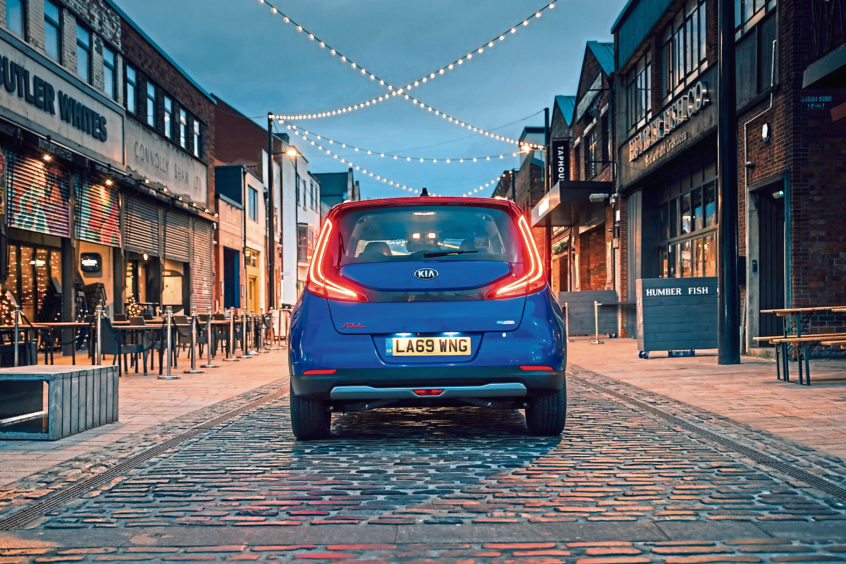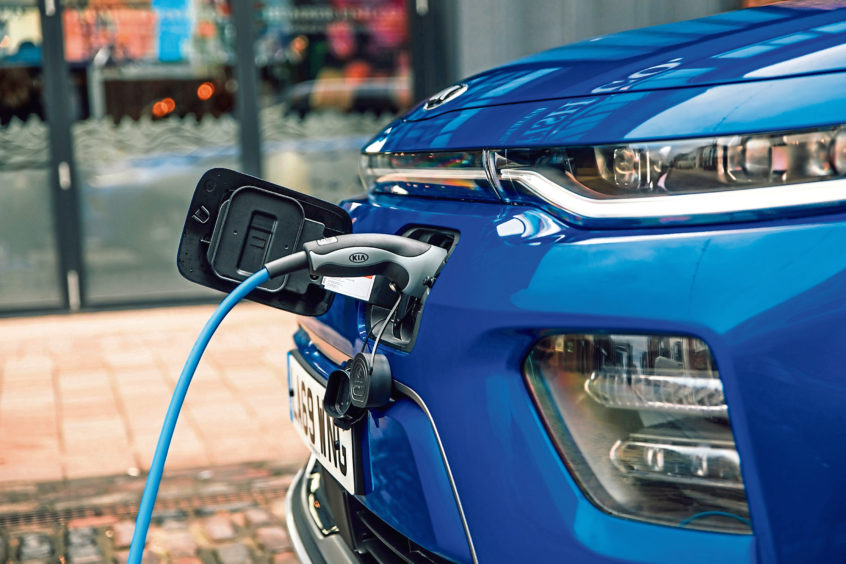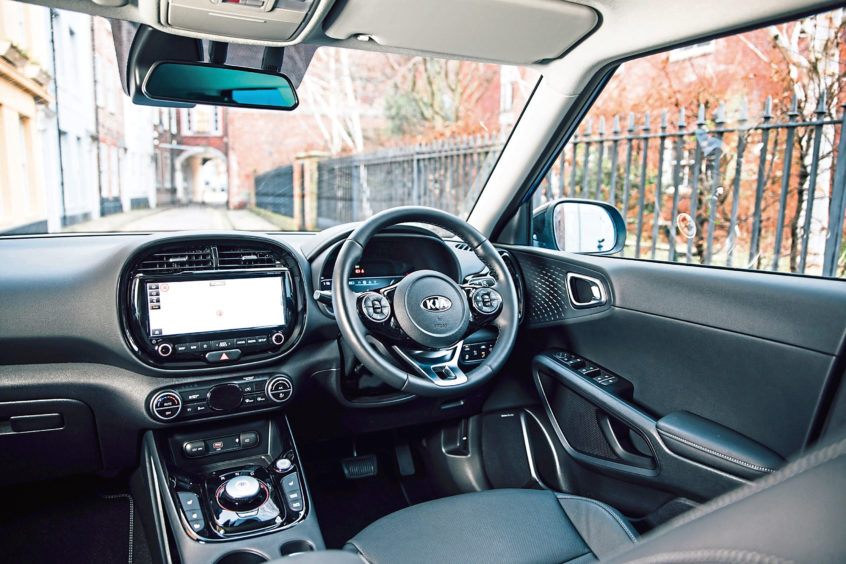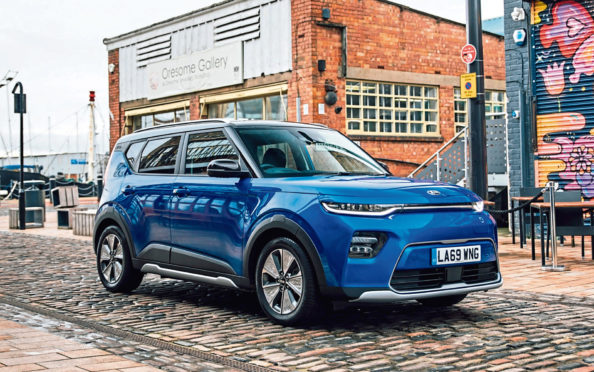In an age of cookie-cutter designs, the Soul stands out as genuinely unique.
It’s not part of a line-up of SUVs in a manufacturer range that are distinguishable only by size, and it blends a boxy, small van-like shape with funky styling cues that give its practicality a youthful appeal.
It’s also available only as an electric vehicle on these shores, using the same powertrain as the hugely popular Kia e-Niro, another vehicle in the South Korean’s range that’s seemingly targeting a very similar audience. The question to be asked, then: Does it have the substance to go with this appealing uniquity?
The first thing you notice when trying to manoeuvre the Soul in a tight space is it feels quite large thanks to its chunky proportions, so it’s no surprise to learn it’s bigger than its predecessor.
Kia says although the styling is unmistakably like the previous Soul, every body panel has been redesigned. It also gets new-generation battery technology, bigger alloy wheels, upgraded suspension and improved on-board technology that are all positive, if not groundbreaking, moves to update the Soul.

The powertrain is easily the most impressive upgrade. The electric motor makes 201bhp and 395Nm of torque, considerably more powerful than before, while the battery is a 64kWh unit promising up to 280 miles between charges.
Kia says its battery cells are more power dense than most other EVs, so it was able to keep the battery compact, which helps to reduce weight, while still offering an impressive range.
As with all electric vehicles, the Soul offers punchy acceleration and a quiet, relaxing drive. It’s at its best around town, where the sharp steering and responsive motor make navigating traffic easy. It’s comfortable too, which will have been helped by that new suspension set-up.
However, the sharp steering is also the main culprit of one bugbear with the driving experience. At higher speeds, the sensitivity doesn’t appear to be toned down at all, meaning you find yourself constantly fidgeting in your lane or not reducing lock enough when exiting a corner, making for a less than smooth drive.
As mentioned, it’s great to see Kia isn’t afraid to think outside the box and produce something that doesn’t look like anything else in its range. A boxy, van-like car like this shouldn’t look so “cool”, but there’s no denying its youthful appeal.
The refreshed front end, which houses LED headlights as standard within the narrow bar beneath the bonnet, is sleek and imposing, while the claw-like rear lights give the boot a cute, rounded look that hides the size of the car well.
The side angle is perhaps its weakest point, with the awkward rear window section swooping upwards and leaving a featureless block of metal, but overall it looks great.

Kia has stepped up in recent years and now makes some of the best interiors at its price point. That’s true of the Soul, which has plenty of soft-touch materials throughout, and design-wise continues the curved theme of the outside. It’s not quite as funky and fresh inside as it is outside, but there’s no denying it’s a spacious, comfortable cabin that feels as if it’s worth every penny.
The driving position is spot on. No matter how short or tall you might be, the pedals are positioned a good distance from the seat, so you can get comfortable with a high driving position that gives a good view of the road ahead. Rear passengers are well catered for too, with decent leg and headroom, but the boot is quite small at 315 litres.
The Kia Soul starts at £34,295 with the government’s plug-in car grant, which sounds like a lot of money, but is reasonable in the electric vehicle market given the size of the vehicle and its range. To make the cost more palatable, it gets a decent equipment list as standard, including leather upholstery, heated front seats and steering wheel, adaptive cruise control, a 10.25-inch infotainment screen with sat nav, and a Harman/Kardon premium sound system.
At the start of this review, we asked whether the Soul’s undeniably funky styling that will appeal to younger buyers was backed up by substance that would make it a great ownership experience. The answer is that yes – much like most of the Kia range, the Soul is great to drive, practical and well built.

Despite some grumbles about the steering, something owners would likely adapt to quickly, there’s little to complain about. Those who regularly do big shops might find the boot cramped, but otherwise this is a spacious, characterful car that won’t cost the Earth to run.
THE FACTS
- Model: Kia Soul EV
- Price: £34,295
- 0 to 60mph: 7.6 secs
- Top speed: 104mph
- Range: 280 miles
- Emissions: 0g/km CO2










